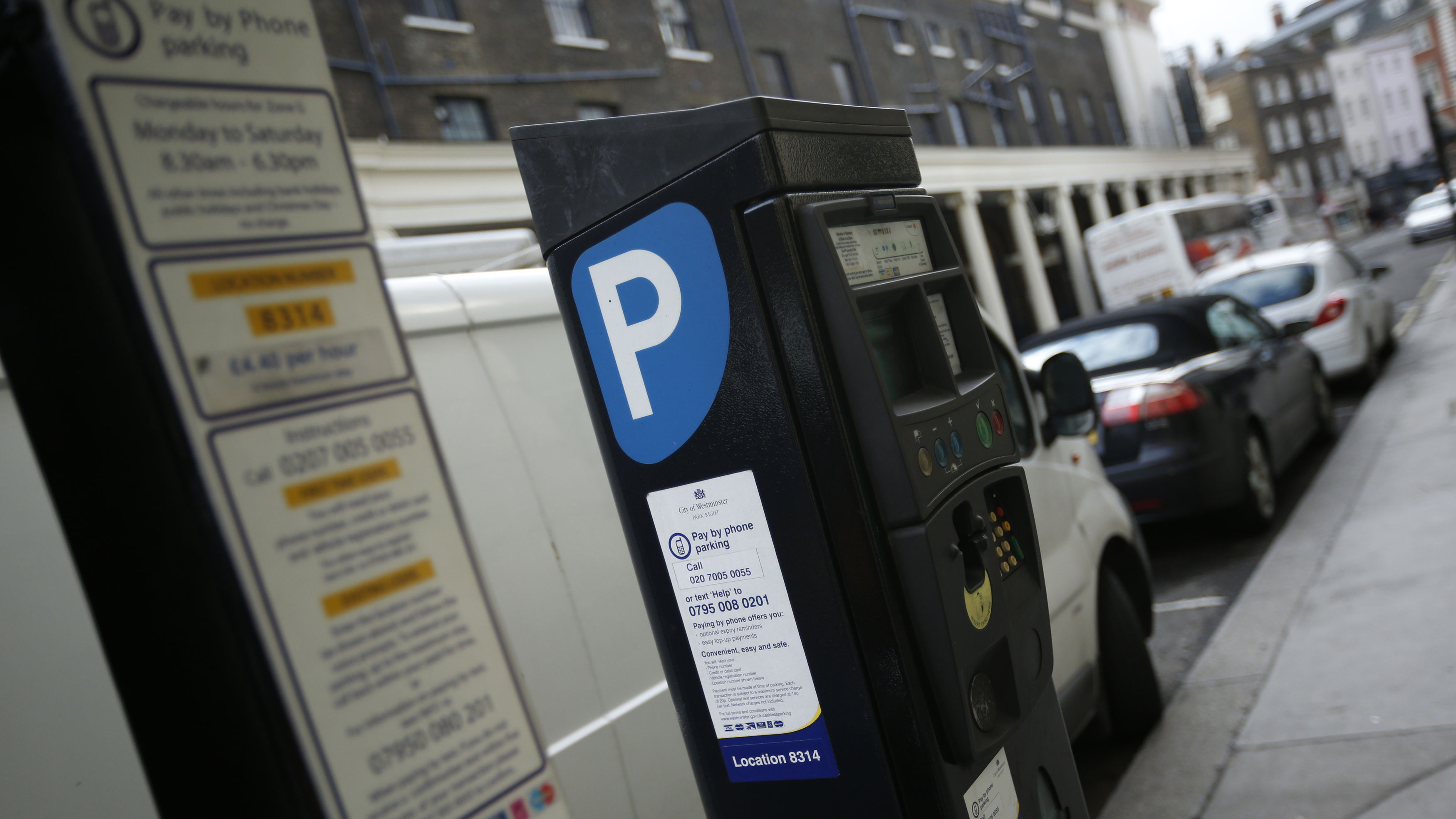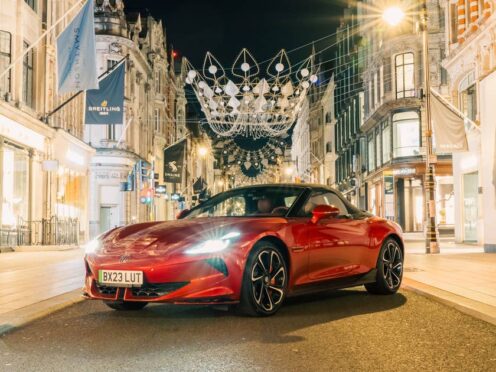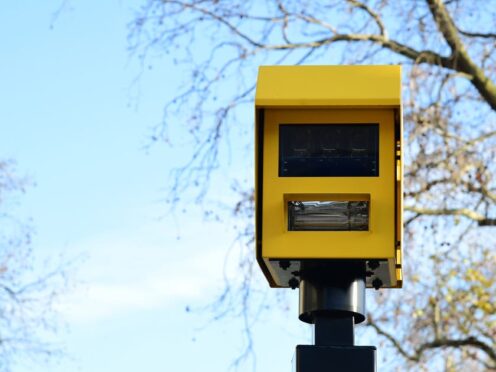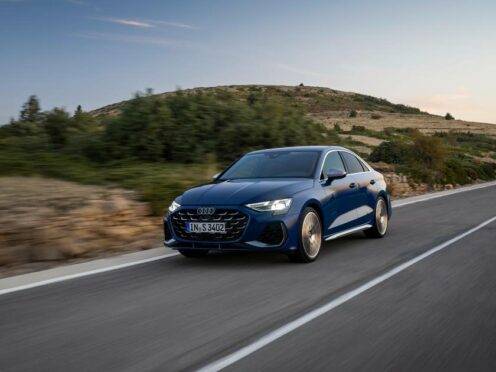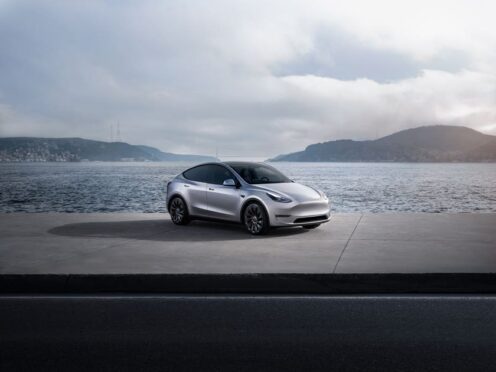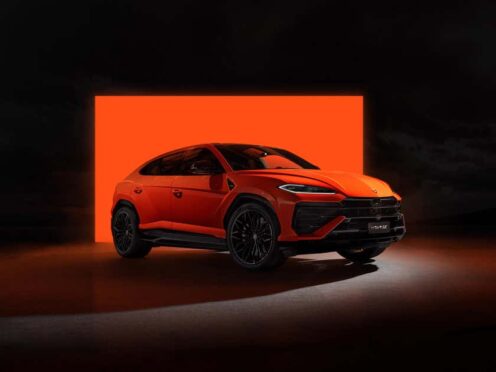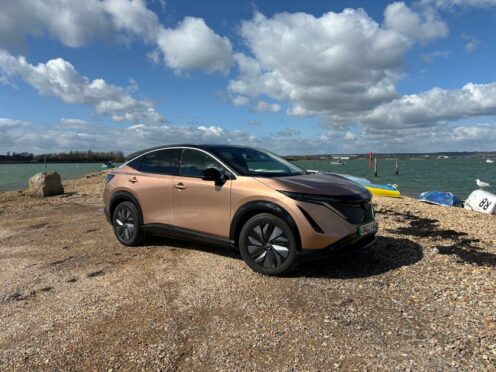Motorists are steering clear of pay-by-phone parking bays as cash remains the more popular method of payment, the AA says.
The motoring organisation’s survey of 16,239 members found 70% of respondents would look to park somewhere else if faced with a spot that required a phone payment.
Administration fees and voice-controlled phone payment systems were cited by the AA as the main factors that deter people.
Close to 80% of pensioners who took part in the survey also said they would avoid pay-by-phone parking bays, while the same proportion of motorists on low incomes said the same thing.
Jack Cousens, head of roads policy for the AA, said: “Not only can it be a struggle to find a space but now, when you do find one, you may be required to talk to an automated system to pay the charge – not ideal if you have an appointment or just want to get in and get out quickly.
“All providers should make it easier to pay for parking. Not everyone has a smartphone to pay via an app and not everyone is keen to talk to a robot to pay for an hour’s stay. For the elderly and low-income drivers, pay-by-phone feels almost discriminatory.”
Meanwhile, the National Grid has hit back at claims the UK would need 10 new nuclear power plants to cope with the government’s 2040 petrol and diesel car ban.
It has been reported in the media that in order to cope with the energy requirements of a countrywide switch to electric vehicles, the UK would need to build as many as 10 nuclear power plants.
However, the energy company has said these claims are misleading and have been taken out of context.
In its Future Energy Scenarios (FES) analysis, which was published in July, the National Grid laid out a selection of energy-use scenarios based on consumer attitudes, economic prosperity, EV uptake and other factors.
Of the four scenarios published, Two Degrees was the one the National Grid thought most in line with the government’s 2040 announcement. This predicted most cars would be EVs and consumer demand for green technologies would be high, with particular focus on solar, wind and nuclear energy sources.
Under this scenario, it predicts additional peak-energy demand from EVs alone would be about 5 GW, which represents an 8% increase on today’s peak-demand value.
The claims surrounding peak demand rising by as much as 30 GW are based on another scenario called High EV, which the National Grid says is far less likely to happen.
